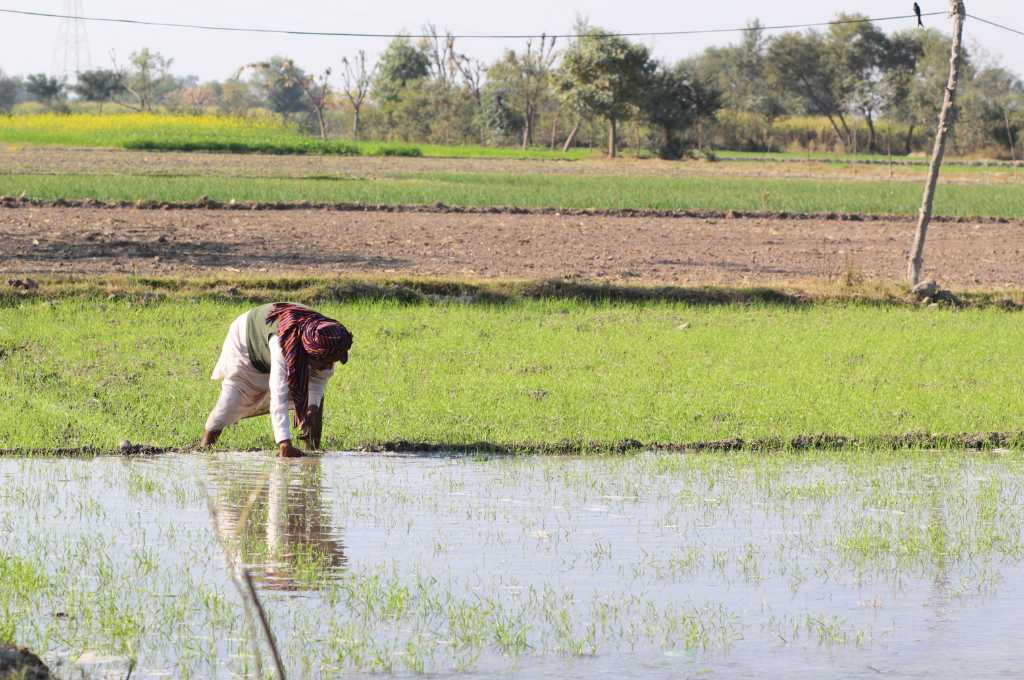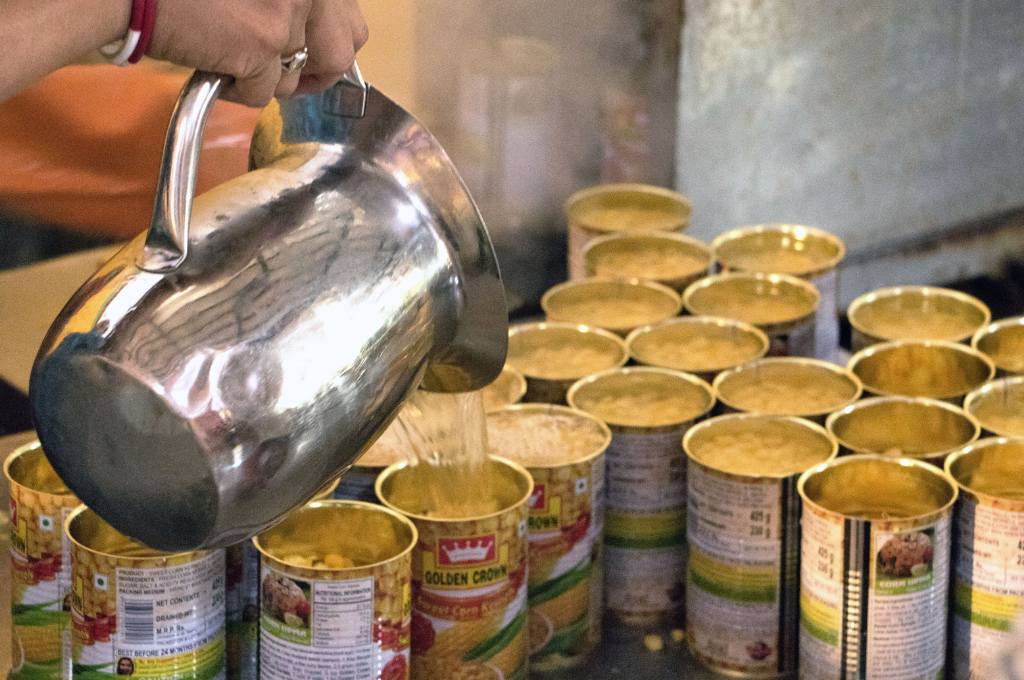The new farm laws have become a politically contentious issue nationally, but if one were to steer clear of the political rhetoric, it becomes apparent that at the heart of the issue is the long standing efficiency vs equity debate.
Those on the efficiency side highlight the long overdue agri-sector reforms to move the sector from its stagnancy to higher levels of production and productivity. People on this side also bat for reduction of the government’s direct participation and an increased role for market forces (including more private players in agriculture).
On the other hand, those arguing for equity look at agriculture as a livelihood option for large numbers of small and marginal farmers. As a result, they oppose a reduction of the state’s role and express reservations about whether the farmers’ interests will be protected in a free market scenario.
Understanding how small and marginal farmers work
As per the Agriculture Census of 2015-16, approximately 86 percent of the farm holdings in India fall under the small and marginal category (up to two hectares). This small and marginal land holding, in turn, contributes to about 47 percent of the total agriculture land under cultivation. Looking at these figures, it is abundantly clear that small and marginal farmers’ productivity plays a critical role in improving the overall productivity of the sector.
Successive partitioning of agriculture land over generations has reduced the average size of the operational farm holdings, from an average size of 2.28 hectares in 1971 to 1.08 hectares in 2016. This small land holding is the core challenge for increasing farm productivity: The cost of producing one quintal of wheat varies drastically across different farm holding sizes.
Approximately 86 percent of the farm holdings in India fall under the small and marginal category.
So, while one might argue that the productivity of a small farm holding is likely to be high because of better control on farm practices, it is important to understand that in these smallholdings, contribution of self and household labour is not monetised as a cost. There is actually an opportunity cost to this household labour; however the absence of gainful employment opportunities in rural areas makes way for this disguised unemployment.
While large and medium farmers are in a better position to leverage technology and manoeuvre economies of scale to their benefit, small and marginal farmers are unable to do either.
Small holder farmers face challenges regarding economies of scale on farm inputs as well as outputs. In comparison with large and medium farmers, they spend more on per unit of farm inputs (seeds, fertilizer and pesticides) but experience lesser realisation on per unit of commodity sale. This disparity does not get compensated in a free market scenario wherein small holder farmers have to compete on equal footing with large and medium farmers.

Looking at the farm laws through the lens of small and marginal farmers
In this context, it becomes important to analyse the new farm laws 2020 and see how they may potentially play out for small holder farmers.
If free market forces are unleashed on an existing set of actors, the existing power dynamics will determine who gets how much.
The larger intent of the farm laws is to increase private sector investment across the entire agriculture value chain. Among the laws, the contract farming act enables legal provisions for private sector to enter into contractual arrangements with farmers and improve primary production. These contract farming arrangements have the potential to leverage private investments to improve farm level infrastructure like irrigation facilities, poly houses, trellis, etc. Improving infrastructure, along with the price assurance provisions in contract farming can provide the right incentives for small holder farmers to move away from subsistence cereal crop farming to commercial cash crop farming. This market oriented incentive for small and marginal farmers has the potential to reduce, and in certain cases, replace the existing need for support from development intervention agencies like nonprofits and government departments.
However, the above economic argument does not factor in prevailing power dynamics among different economic actors in the current agriculture market. Practitioners with even little exposure to ground realities will appreciate that if free market forces are unleashed on an existing set of actors, the existing power dynamics among the actors will determine who gets how much. This is the fundamental premise of the equity school of thought, which has concerns regarding the protection of small holder farmers’ interests and hence they are opposed to the removal of government participation.
The average farmers’ share in the end consumer rupee for 16 major food items is in the range of INR 28 paise to INR 78 paise.
In its publication Supply Chain Dynamics and Food Inflation in India (2019) the RBI has estimated the average farmers’ share in the end consumer rupee for 16 major food items is in the range of INR 28 paise to INR 78 paise. The report also highlighted that among factors critical for increase of farmers’ realisation, are the literacy levels and the availability of market information, as these two factors empower the farmers to negotiate better with their buyers and get a better price for their outputs. In the absence of market information and low literacy, small and marginal farmers are at a greater risk of being exploited by other market players (traders, processors etc).
Where do we go from here?
As a country, we do have examples of market liberalisation in many sectors, the most prominent one being the economic liberalisation of the 90s. Those reforms did increase production and productivity. The private sector had championed these initiatives and they were duly aided by increased supply of credit, access to technology, and favourable government policies. As a consequence, employment opportunities increased in these sectors and the overall economy boomed. It therefore appears that as long as there is growth in market demand, micro and small producers can coexist with large producers.
But there are larger questions that we must consider:
- Is it prudent to compare the predicament of relatively well organised sectors like manufacturing to that of agriculture, which is less organised and has higher levels of disaggregated production?
- Have we exhausted all other means and is this the only route left to improve total crop production and average crop productivity?
- Have we focused on small and marginal farmers as a separate constituency in our efforts to improve food production?
In the overall efficiency vs equity debate, there is no opposing view regarding the importance of improving production and productivity to meet the future food demand in the country. However, there are differing views on the ways to achieve it. By taking a free market approach, the new farm laws have been criticised as inequitable, as they fail to account for empowering small and marginal farmers.
—
Know more
- Tune in to our podcast series to listen to former Agriculture Secretary Siraj Hussain and the leader of a farmer collective, Kavitha Kuruganti discuss the ongoing farmer protests, dissent, and the process of consultation and policy reform in India.
- Check out this four part video series on the #FarmLaws2020. It features farmers, investors, and more.





